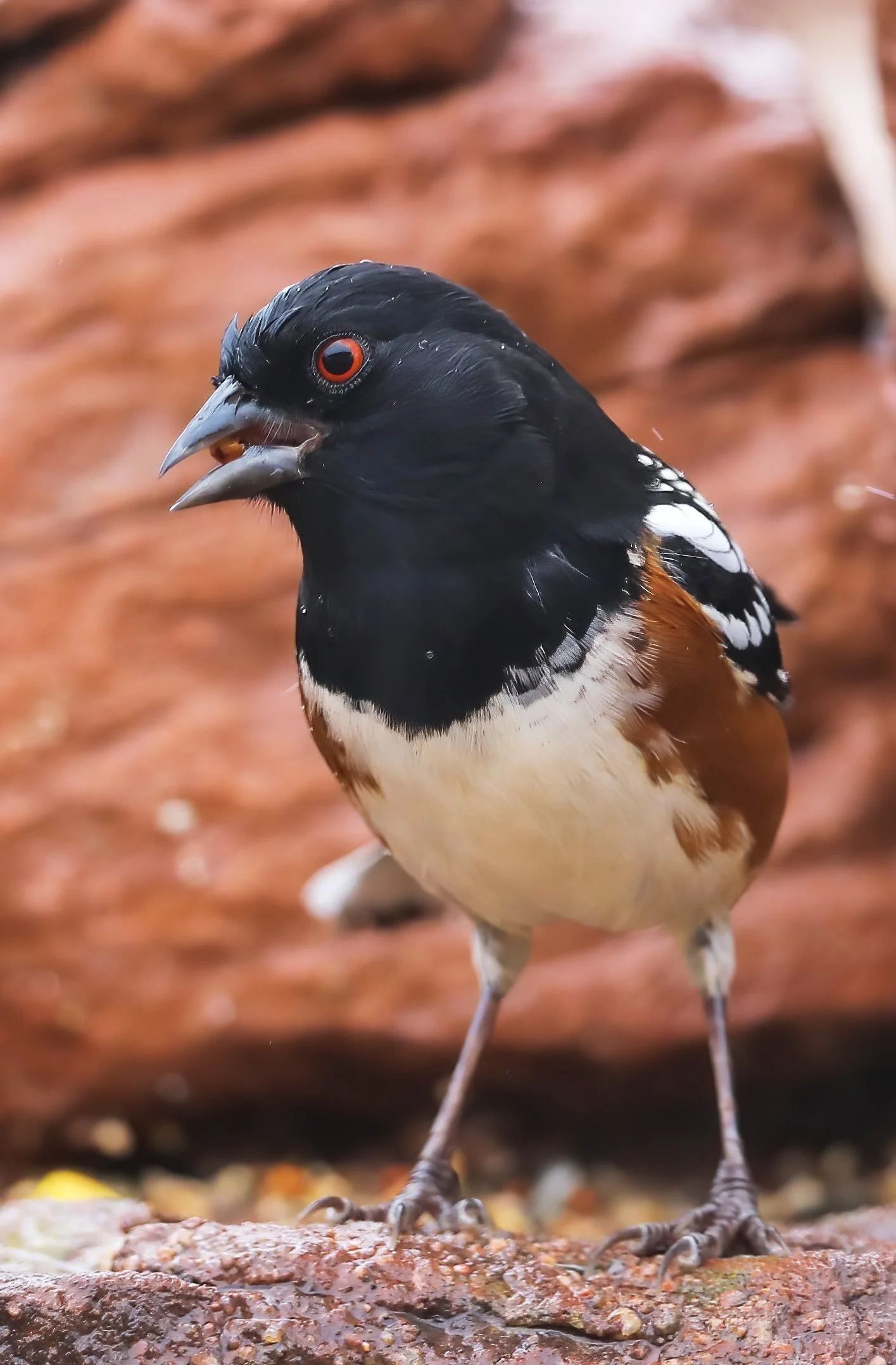that strongly silhouettes the Priest and the Nuns on the eastern skyline tonight.
Jupiter is the bright object above and to the right of Castleton Tower. Other bright stars in constellations Auriga and Taurus are also seen in this twilight image.
that strongly silhouettes the Priest and the Nuns on the eastern skyline tonight.

Jupiter is the bright object above and to the right of Castleton Tower. Other bright stars in constellations Auriga and Taurus are also seen in this twilight image.

where the Arreaux model rocket soared to an apogee of 2,402 feet (732 meters) on a “G” engine at a remote launch site on the state line. I’m aiming higher.
Also, these launches push me over the century mark, now having sent more than 100 model rockets skyward this year. Huge fun.

The Book Cliffs serve as a backdrop as the Arreaux zooms off the pad.

The Nike Smoke Pro under chute after achieving an apogee of 695 feet (212 meters).

Pronghorn (Antilocapra americana) wondering what all the commotion was about out on the range this morning.
from the Moab Brands mountain bike trail system. That’s South Window Arch in The Windows Section of the park, about seven miles (11 km) distant. It was an absolutely magnificent afternoon for a ride.

man last walked on the Moon in Taurus-Littrow valley. Here’s tonight’s waxing gibbous Moon, three days from full, with the Apollo 17 landing site indicated by the orange x where astronauts Gene Cernan and Harrison Schmitt (a geologist) performed three days of exploration in 1972.

Taurus–Littrow valley is located on the southeastern edge of Mare Serenitatis, the landing site of Apollo 17, indicated by the tiny orange x.
nor by my active presence on the back deck, Sharpie is becoming a dependable daily visitor to the feeding stations. Good hunting.

Sharp-shinned Hawk (Accipiter striatus).
develop and are sustained in deeply shaded areas, seen here nucleating on blades of grass. It’s a frigid microscopic crystalline wonderland.
Click on image to enlarginate.
is being excavated at the Placer Creek dry stream crossing. Methinks this is a grossly overengineered and expensive solution to an erosion problem that no longer exists, but that’s just 40+ years of experience as a fluvial geomorphologist talking.


Meanwhile, elsewhere in the community, the drainage ditches that are choked with sediment from summer flooding go largely unattended. Pure negligence.
for the right opportunity and fast off the mark, this tiny hawk is quite tolerant of my presence nearby while it hunts around the house for unsuspecting prey. One of these days I’ll capture the actual strike on its target.

Sharp-shinned Hawk (Accipiter striatus).
Click on image to embiggen.


setting above Porcupine Rim this evening. Seventeen days to go until the winter solstice.

to the winter nest as nighttime temperatures fall below freezing.

Female House Sparrow (Passer domesticus).
Meanwhile, another flashy little sparrow works the feeding station.

Dark-eyed Junco (Junco hyemalis).
of our bucolic high desert community, Smokey the Bear wishes everyone a happy Thanksgiving and a safe holiday season. We are all very grateful and sleep better at night knowing that Smokey is tirelessly on the job.

while patrolling the various feeding stations, this bird of prey knows where the Horn of Plenty occurs in Castle Valley.

Sharp-shinned Hawk (Accipiter striatus).

to the water year in the high country thanks to a pre-Thanksgiving winter storm that dropped 1.5 inches (38 mm) of rain on Castle Valley yesterday.


SNOTEL time series showing this year’s snowpack (black line). Green line represents the median and the orange line is the previous water year for comparison.
Link to NRCS Snotel network.
with its bloodshot red eyes, this large, striking sparrow is one of my favorites at the feeding station.

Spotted Towhee (Pipilo maculatus).

as an upcoming Thanksgiving turkey, this cow carcass has been laying out on the range for only about two weeks. There are some well-fed wildlife at Round Mountain this holiday season.

reflected by clouds above the La Sal Mountains slowly expanded and flared to a vibrant display across the southeastern sky early this morning. Wow.


is developing where a small herd of muleys pays a visit to the birdbath. First come, first served.

Mule deer (Odocoileus hemionus).
with its head on a swivel, scanning for a free meal this afternoon. This is the second pass today at the fly through buffet.
Sharp-shinned Hawk (Accipiter striatus).

Note the different sized pupils, or anisocoria, due to the difference in lighting.
at the feeding stations this season is the usually melodic Western Meadowlark, though not very vocal this time of year as they are in the spring. But always dressed smartly for dinner.

Western Meadowlark (Sturnella neglecta).
in mythology and folklore, this large and intelligent bird is checking out the feeding station this sunny afternoon. Quite the handsome bird.

Common Raven (Corvus corax).

Creepy: The nictitating membrane is a transparent or translucent third eyelid, caught in the closed position over the eye in this high-speed image.